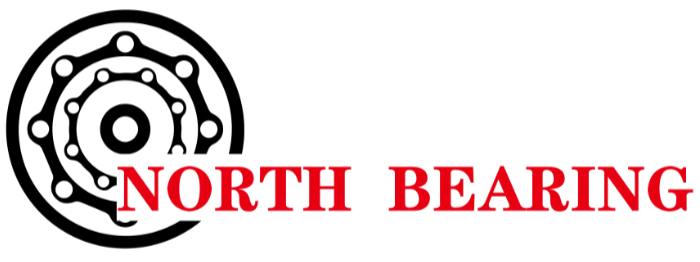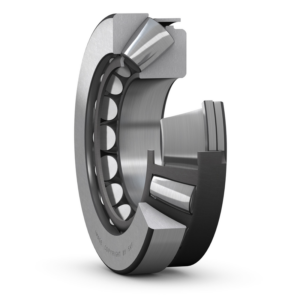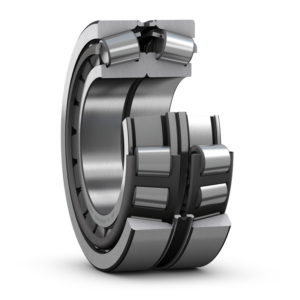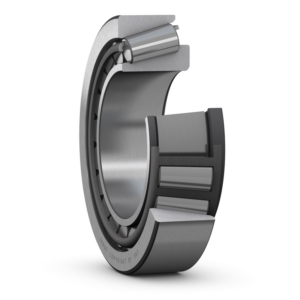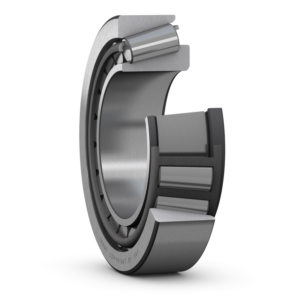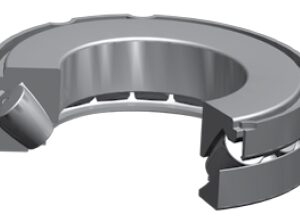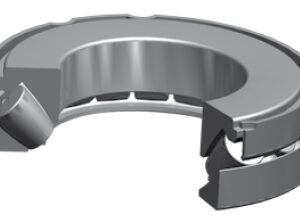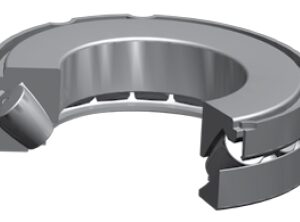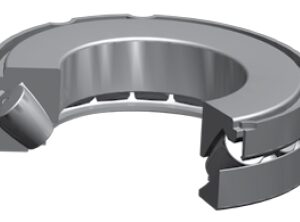Specifications of TIMKEN Bearing 294/630EM
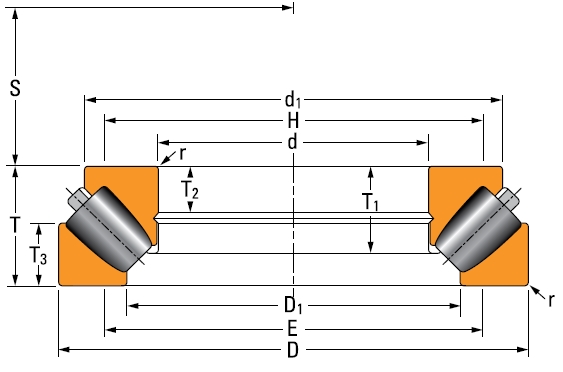
Specifications
| d – Bore |
630 mm |
| Bearing Type |
Thrust Spherical Roller Bearings – TSR |
| UPC Code |
87796018747 |
| Weight |
1011.5 Kg2230.1 lb |
Dimensions
| D – Outside Diameter |
1090 mm42.913 in |
| d1 – Cone Outside Diameter |
975 mm38.386 in |
| D1 – Cup Bore |
780 mm30.709 in |
| E – Shoulder Diameter – Housing (Max) |
849 mm33.43 in |
| H – Shoulder Diameter – Shaft (Min) |
893.1 mm35.16 in |
| r – Fillet Radius |
10 mm0.39 in |
| S – Dimension |
367 mm14.449 in |
| T – Total Width |
280 mm11.024 in |
| T1 – Cage Position |
203.1 mm8 in |
| T2 – Groove Position |
114.2 mm4.5 in |
| T3 – Cup Width |
146 mm5.748 in |
